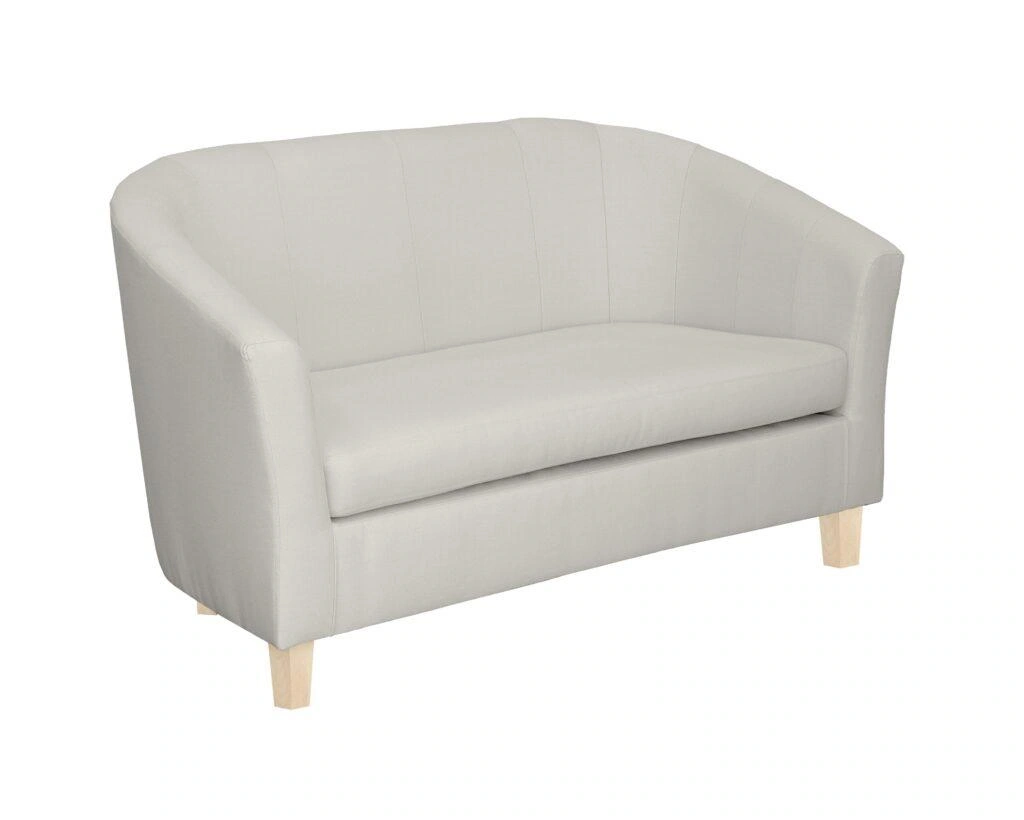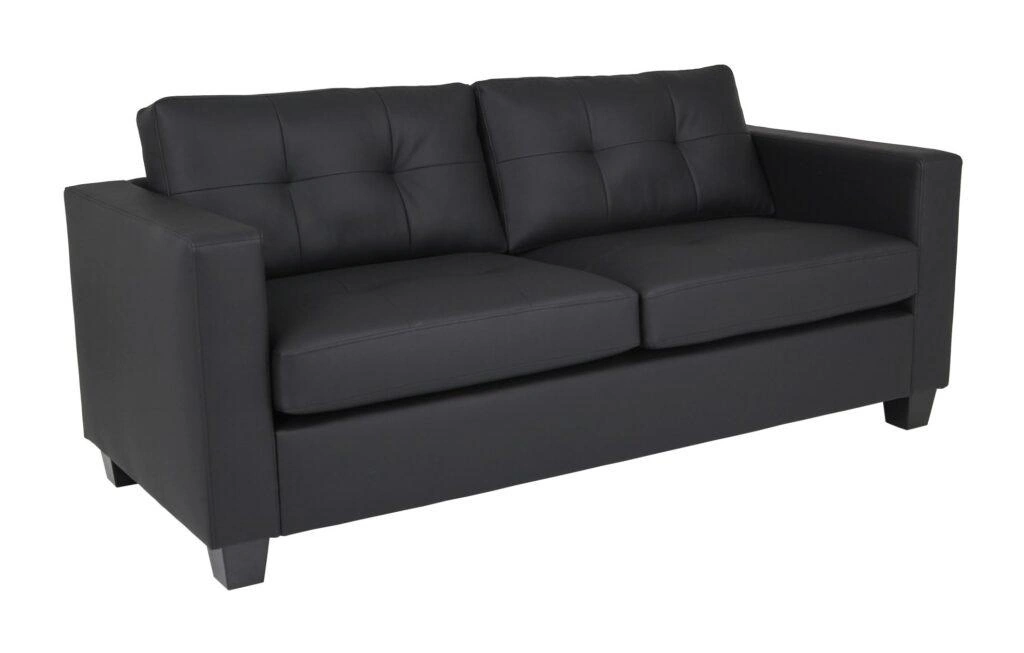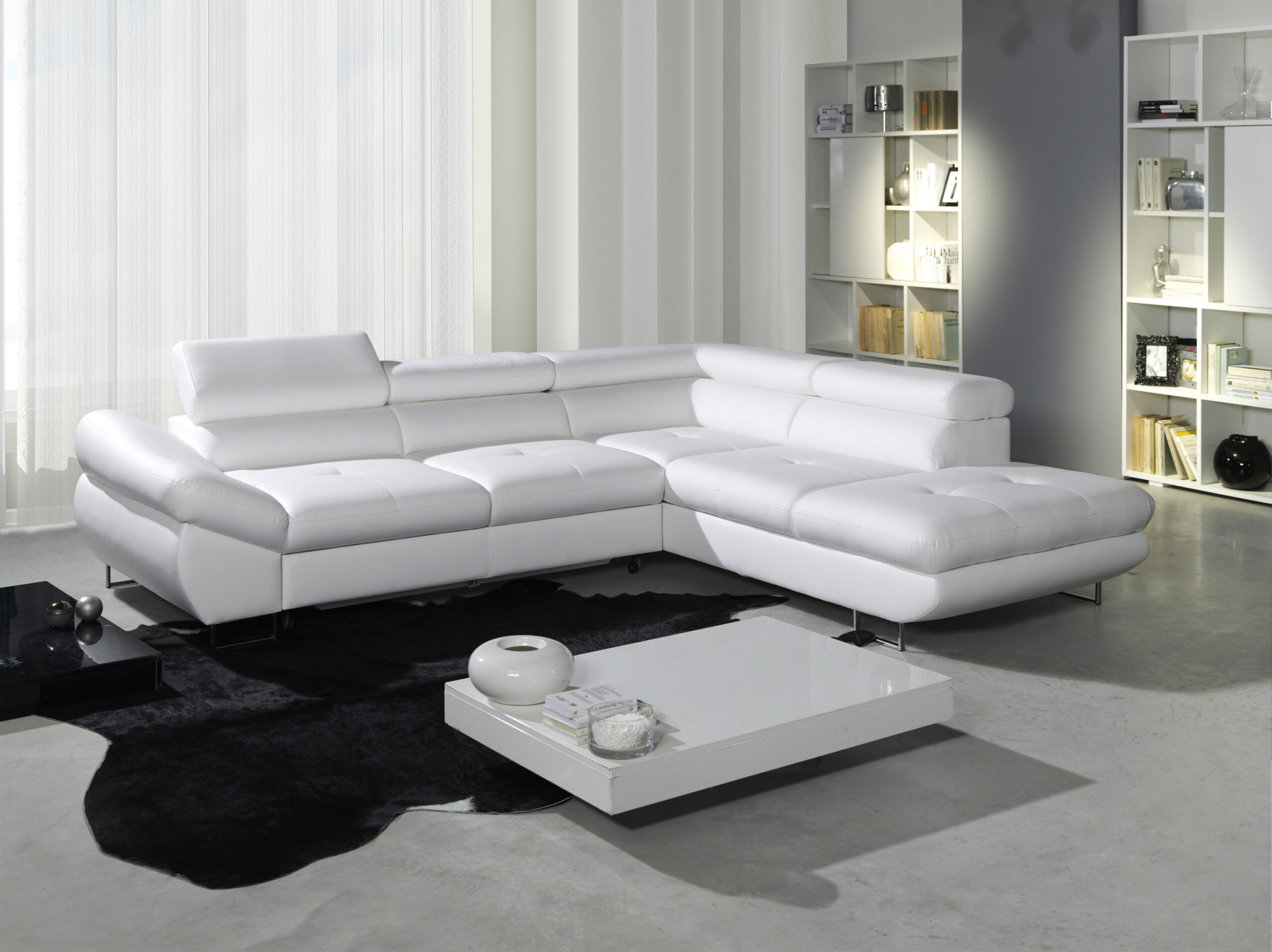
Posted on October 23, 2024
Buying Guide for Leather Sofas
When selecting a sofa for your home, leather stands out as a timeless and durable option. Leather sofas add sophistication to any living space while offering a range of benefits, including longevity, easy maintenance, and comfort. But with a variety of choices on the market, from natural to faux leather, it’s essential to understand which leather type suits your lifestyle and needs. This buying guide will help you navigate the key factors when purchasing a leather sofa.
The Benefits of Choosing a Leather Sofa
A leather sofa is an investment in both style and practicality. Its sleek appearance brings a touch of luxury, while its durability makes it an excellent choice for busy households. One of the key advantages of leather is its ability to age gracefully. Over time, leather develops a unique patina that gives your sofa character, enhancing its aesthetic appeal. Moreover, leather sofas are hypoallergenic, meaning they don’t trap dust, pet hair, or other allergens, making them ideal for allergy sufferers.
In addition to being visually appealing, leather is easy to clean and maintain, particularly in homes with children or pets. Stains can be quickly wiped off with a damp cloth, and leather resists odours better than most fabrics. For households looking for a blend of beauty and practicality, a leather sofa is a fantastic option.
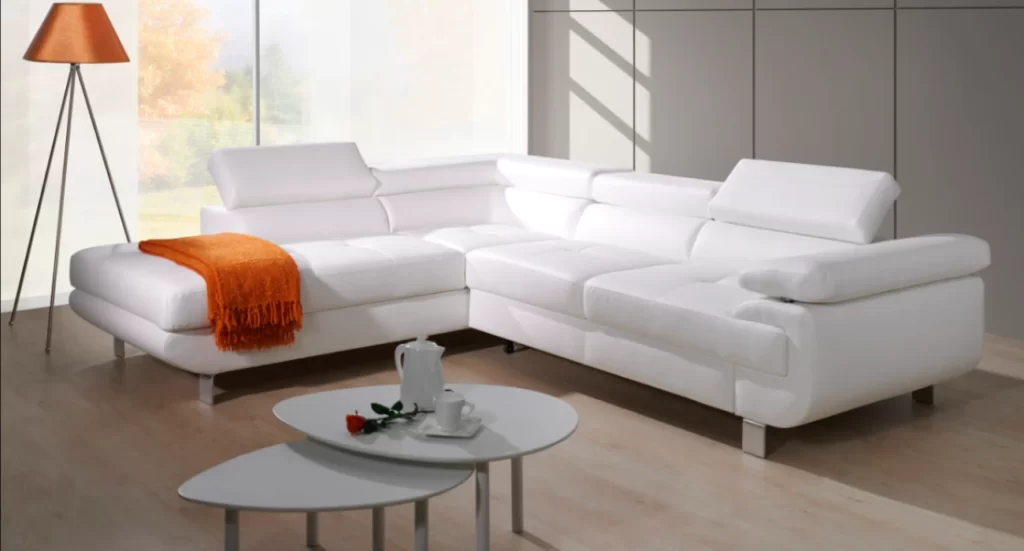
Pros of a Leather Sofa vs. Fabric Sofas
When comparing leather to fabric, leather offers several significant advantages. Firstly, leather is much easier to clean. Unlike fabric, which can absorb liquids and stains, leather repels most spills and stains. This makes leather an excellent option for families with young children or pets.
Additionally, leather is more durable than most fabric options. A well-maintained leather sofa can last for decades, while fabric sofas may wear out more quickly, showing signs of fading and fabric thinning. Leather sofas also offer better temperature regulation; although they may feel cool in winter, they quickly adapt to body heat, offering a cosy seating experience.
However, leather might be less comfortable in extremely hot conditions, as it can stick to the skin, while fabric sofas remain soft and breathable year-round. Despite this, the low maintenance and longevity of leather make it a superior choice for many.
What to Consider When Choosing a Leather Sofa
When choosing a leather sofa, several factors should be taken into account. The size of the sofa is crucial, as it must fit comfortably in your living space without overwhelming the room. Additionally, consider the sofa’s style, as leather comes in various finishes and designs, from sleek and modern to classic and traditional.
Comfort is another vital consideration. Leather, particularly natural leather, softens with age, becoming more comfortable over time. Think about the type of leather that suits your lifestyle—natural leather may require more maintenance but offers unmatched comfort and durability, while faux leather is low-maintenance and budget-friendly.
Finally, think about who will be using the sofa. Families with pets or young children may want to opt for darker colours or protective finishes to minimise the visibility of scratches or stains.
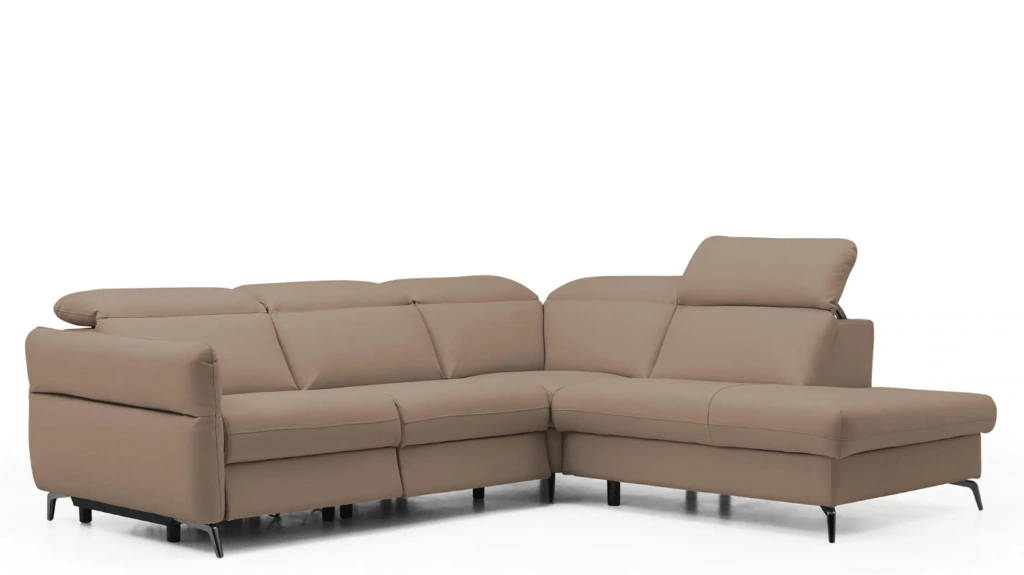
Natural Leather Sofas: Pros and Cons
Natural leather sofas are made from real animal hides, offering a luxurious and authentic feel. One of the main advantages of natural leather is its durability. Genuine leather is thick, strong, and long-lasting, making it perfect for high-traffic areas or family homes. Over time, natural leather develops a beautiful patina that adds to its unique character, making each piece one of a kind.
Another benefit of natural leather is its breathability. Leather adjusts to body temperature, making it comfortable to sit on year-round. It also has the ability to wick away moisture, ensuring you stay comfortable even on hot days.
However, natural leather does have its downsides. It tends to be more expensive than faux leather or fabric options, which may not fit into everyone’s budget. Additionally, natural leather requires more care and maintenance, as it is prone to scratches and can dry out if not conditioned regularly.
Natural leather offers a luxurious look and exceptional durability, making it ideal for long-lasting furniture. Its unique grain and natural texture add character to each piece, while its softness ensures comfort and style.
Below, explore the variety of colour options available for our natural leather upholstery.
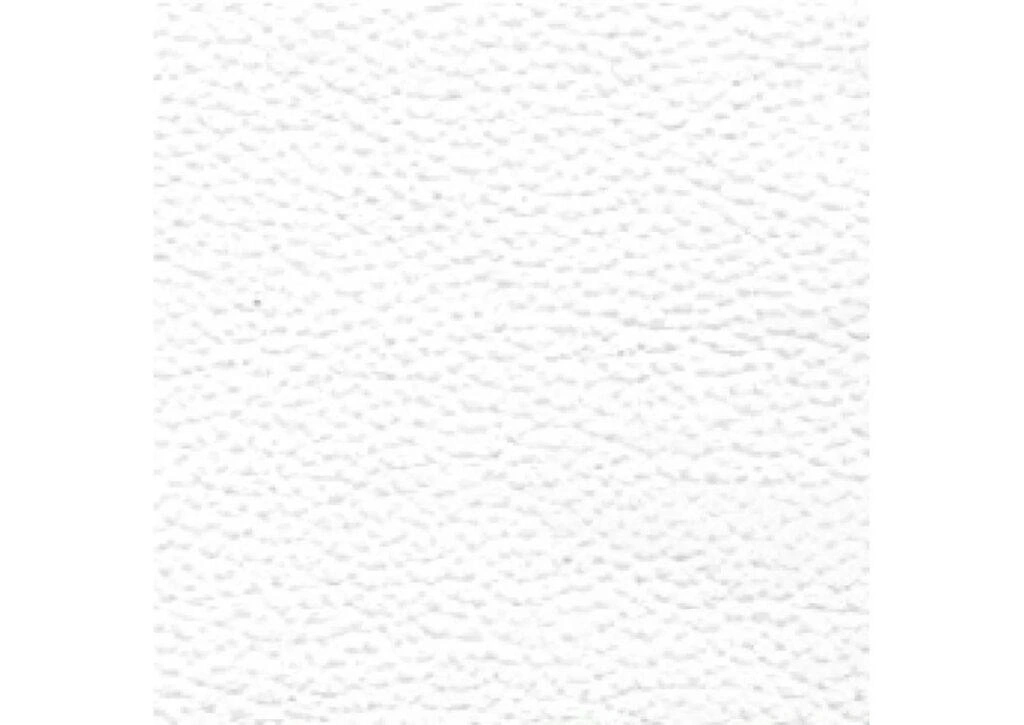
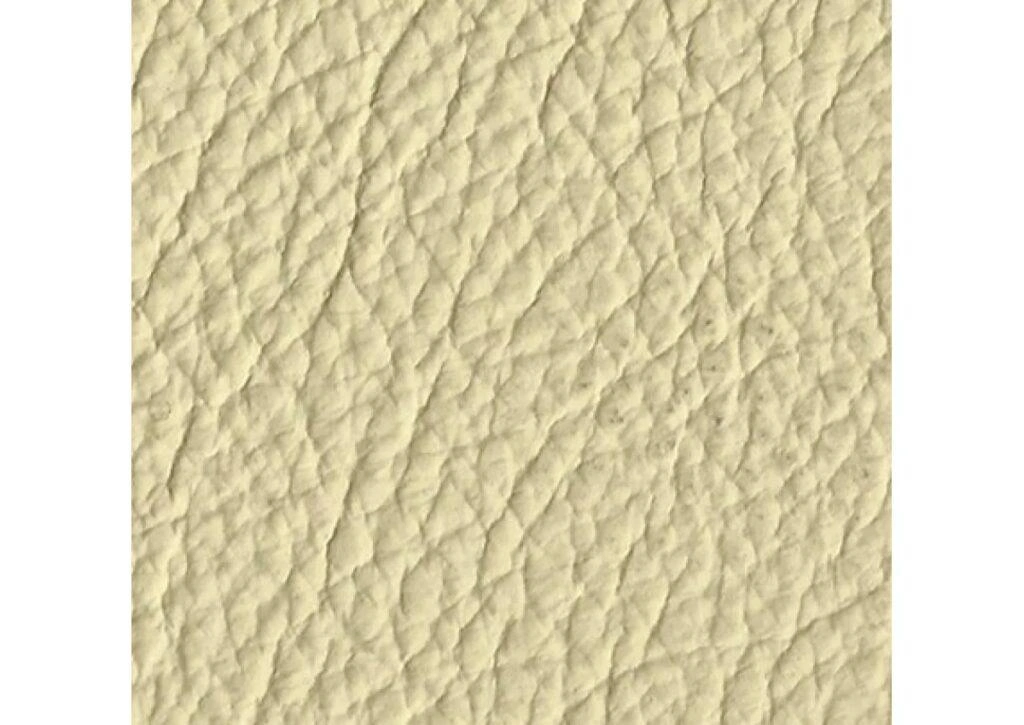


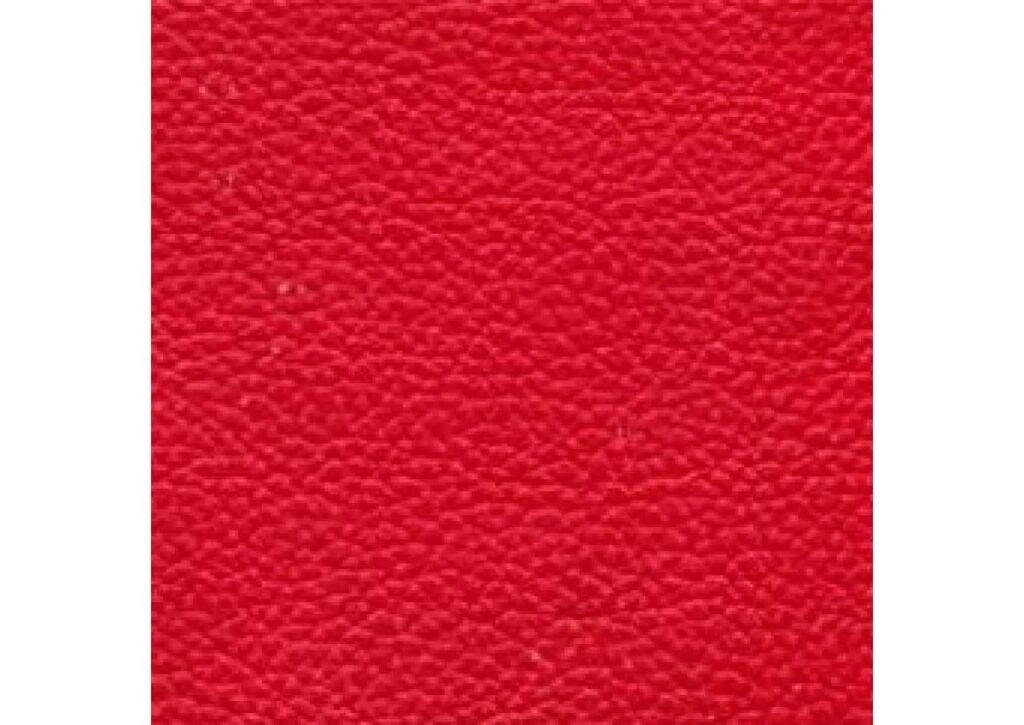
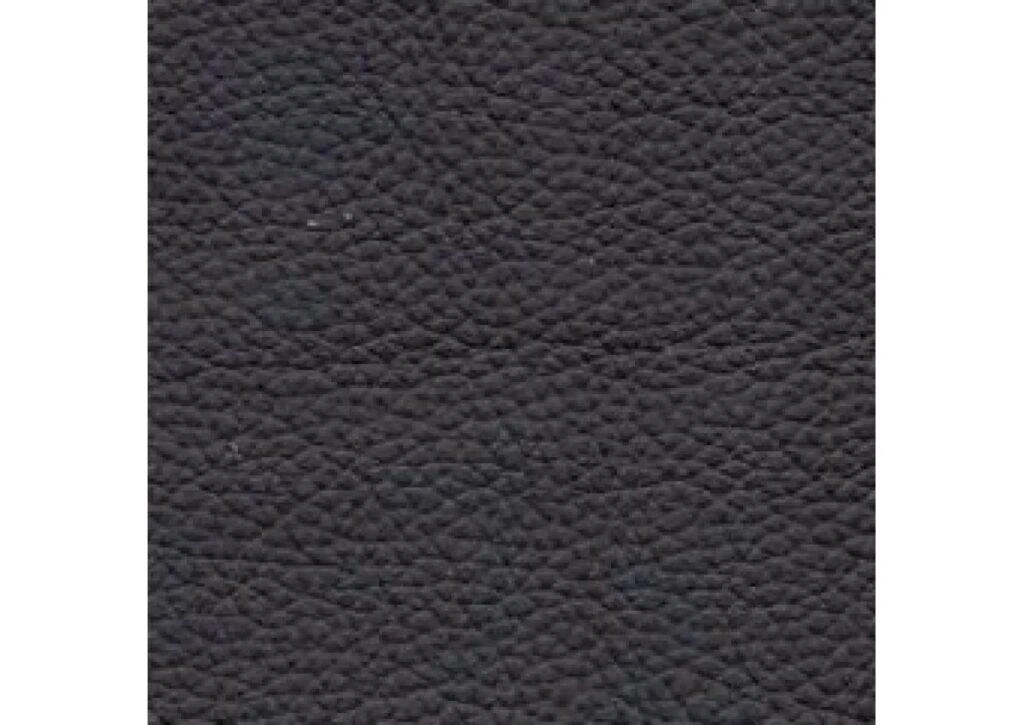

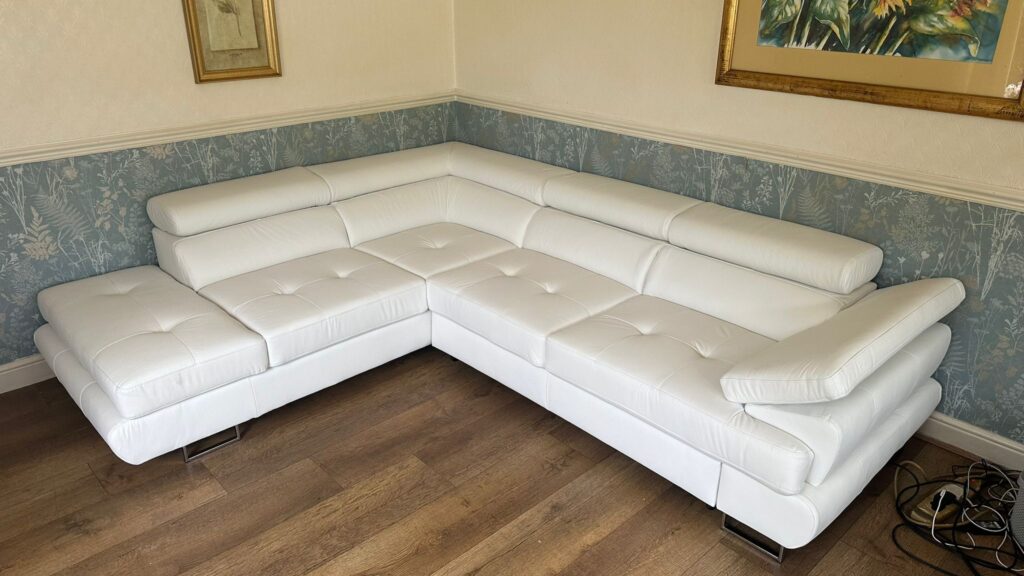
Faux Leather Sofas: Pros and Cons
Faux leather, also known as synthetic leather or leatherette, offers a more affordable alternative to natural leather. One of the biggest advantages of faux leather is its cost. For those seeking the look of leather without the high price tag, faux leather is an excellent option. It is also more resistant to scratches and damage from pets, making it a practical choice for families.
Faux leather is easy to clean and maintain, requiring only a wipe-down with a damp cloth to keep it looking fresh. It is also available in a wide variety of colours and styles, allowing for more flexibility in terms of design.
However, faux leather doesn’t age as well as natural leather. Over time, faux leather can crack or peel, especially if exposed to heat or sunlight. Additionally, faux leather does not offer the same level of comfort as natural leather and can feel less breathable during extended use.
Faux leather, like our Vienna Eco-Leather, offers the elegance of real leather with added practicality. Its smooth texture and protective layer make it resistant to spills and stains, providing a durable yet stylish option.
Below, explore the colour options available for our easy-to-clean Vienna faux leather upholstery.

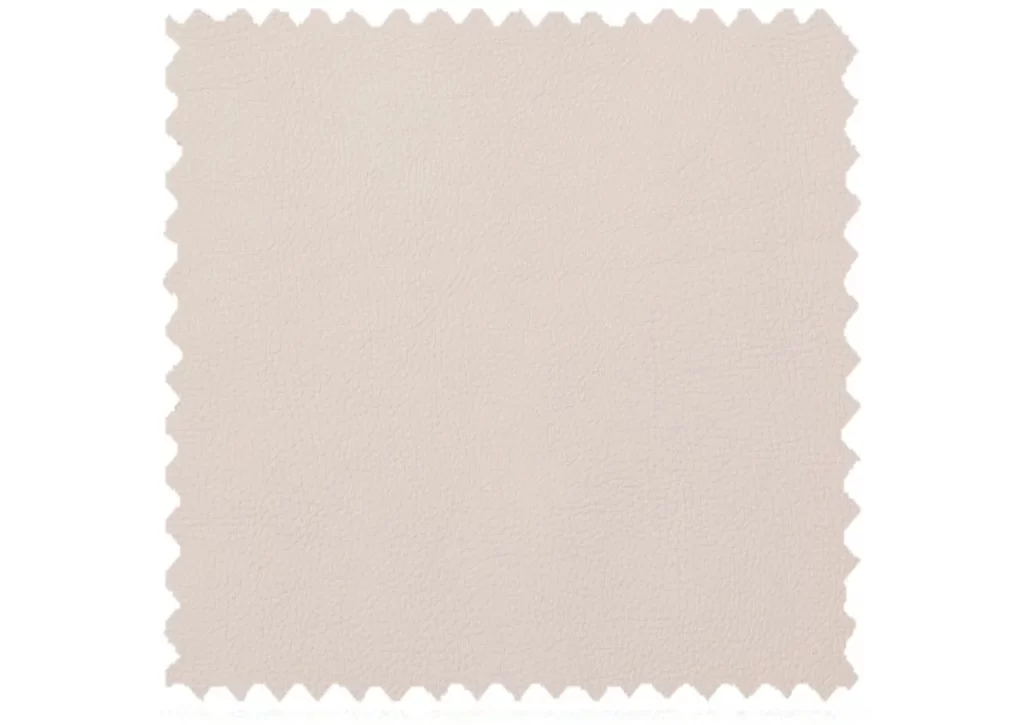
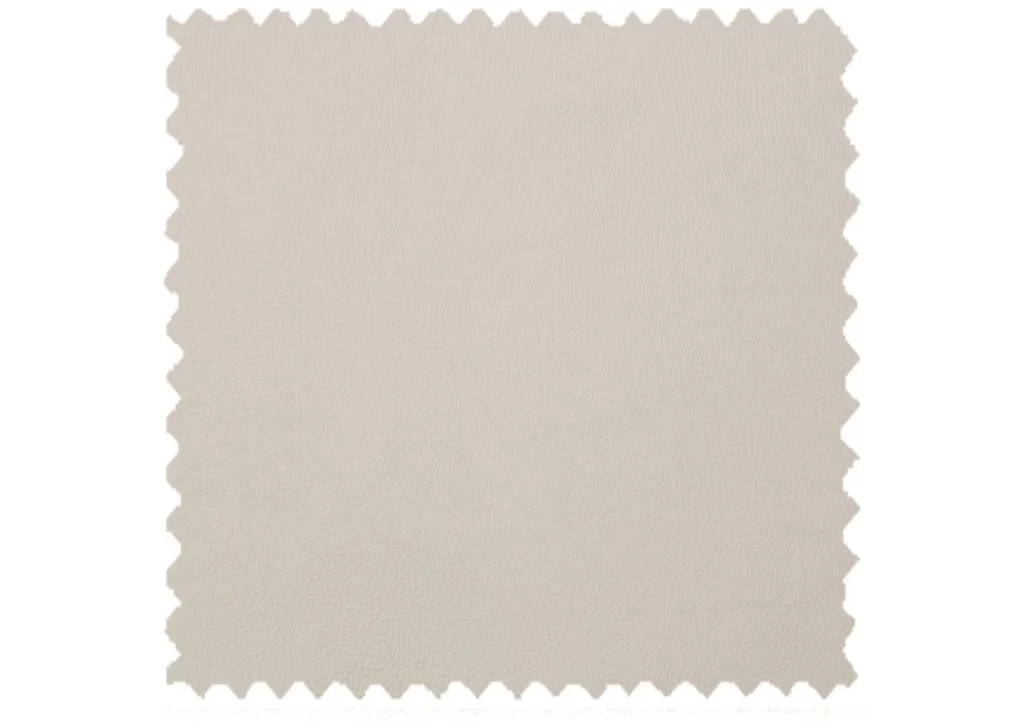
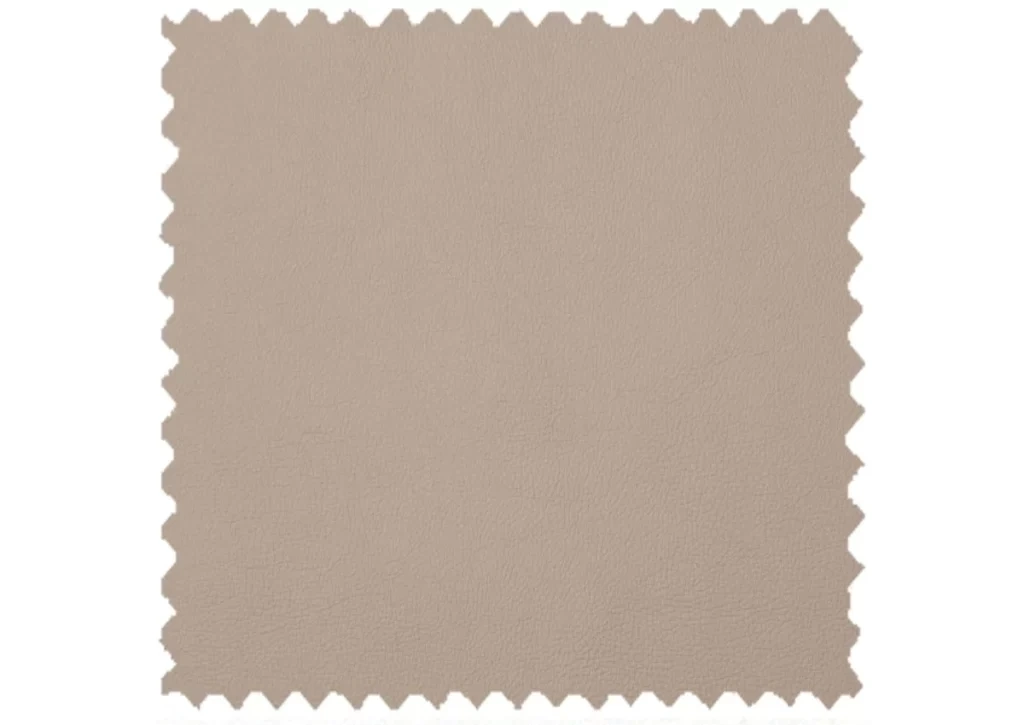
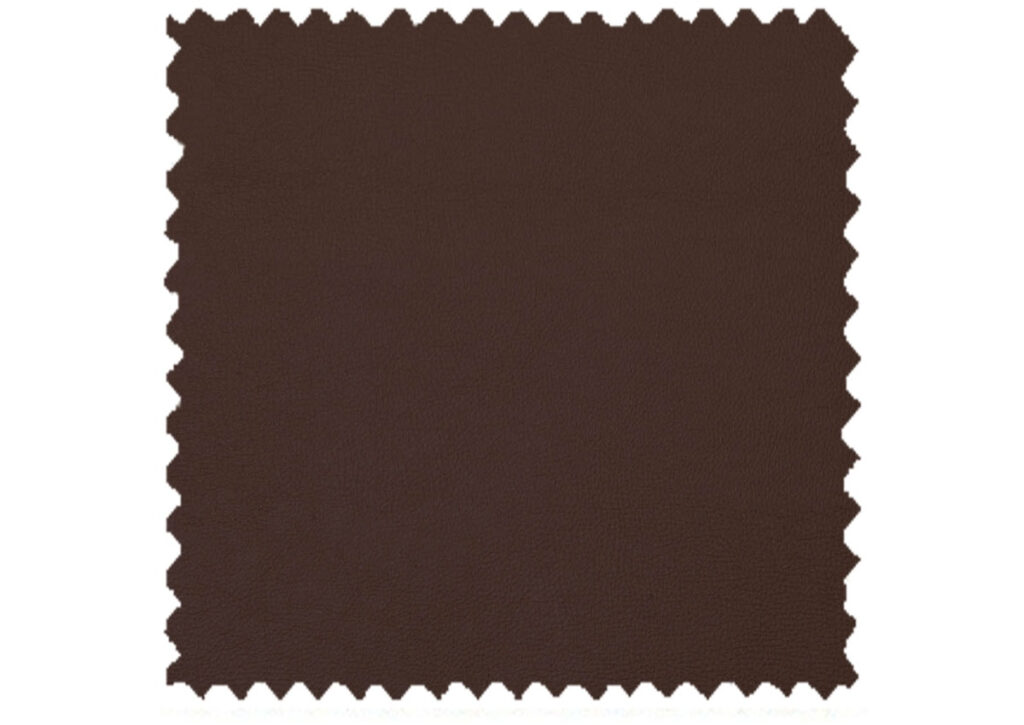

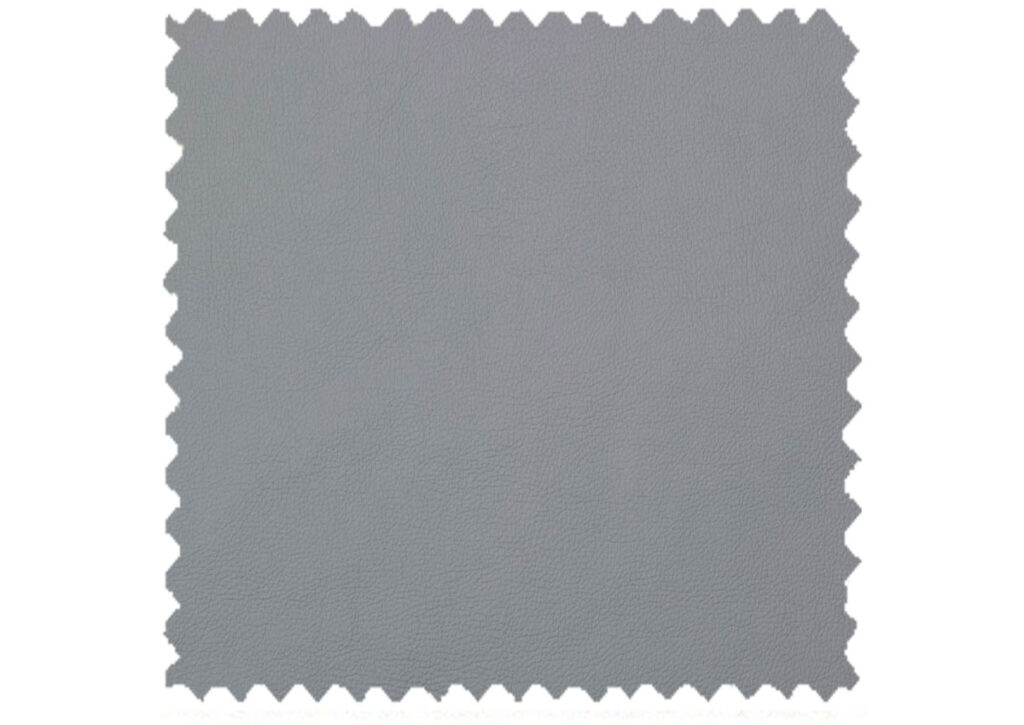
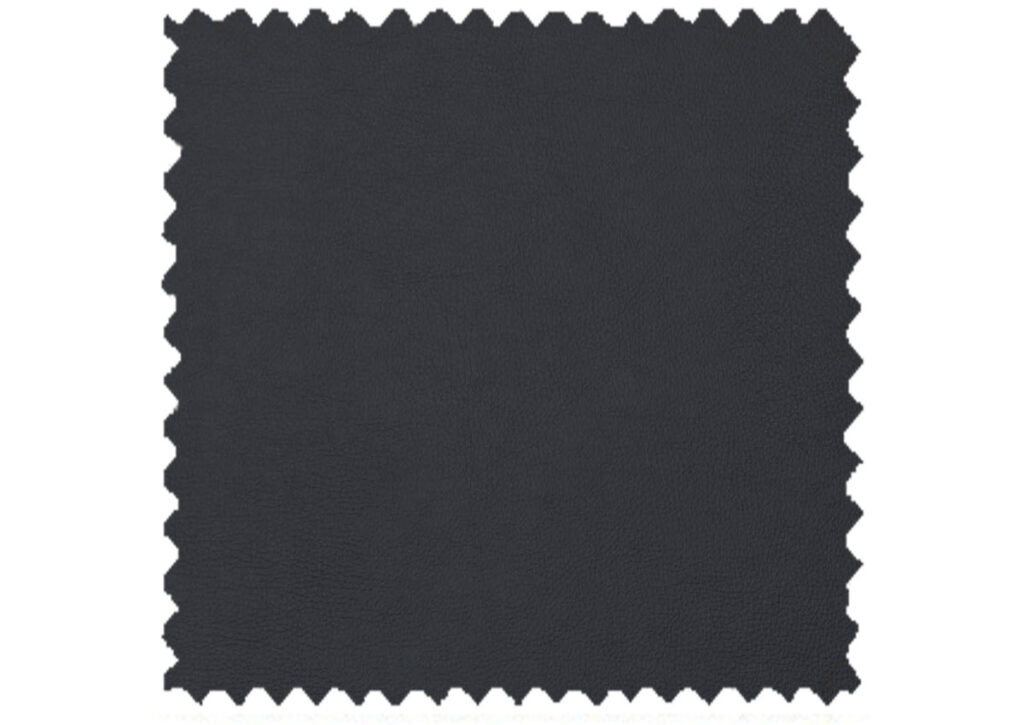
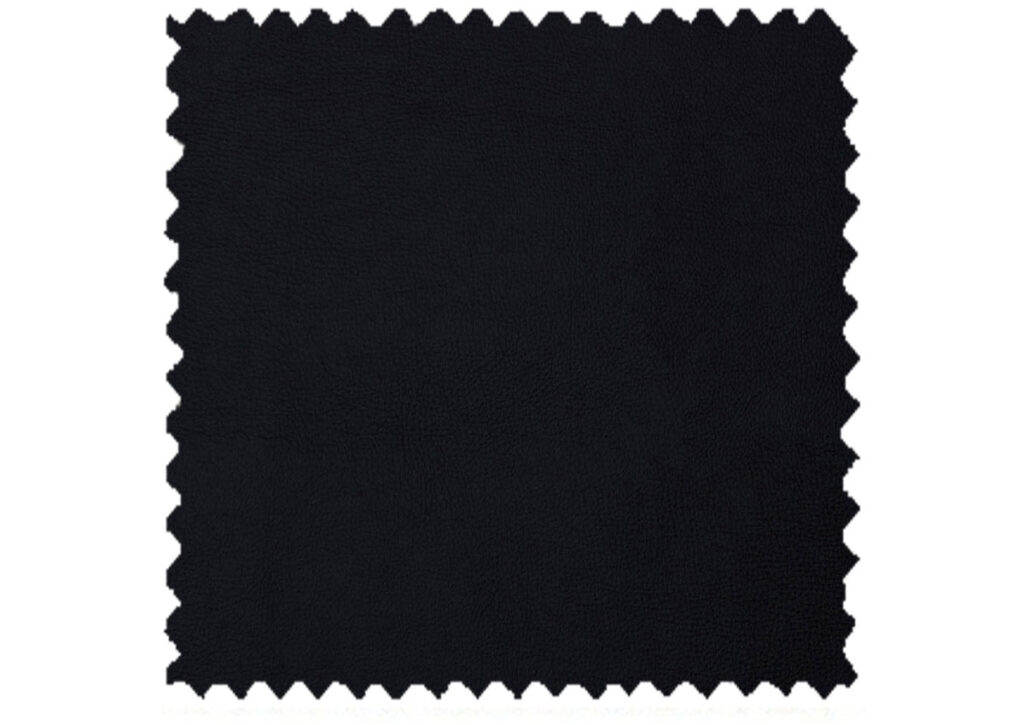
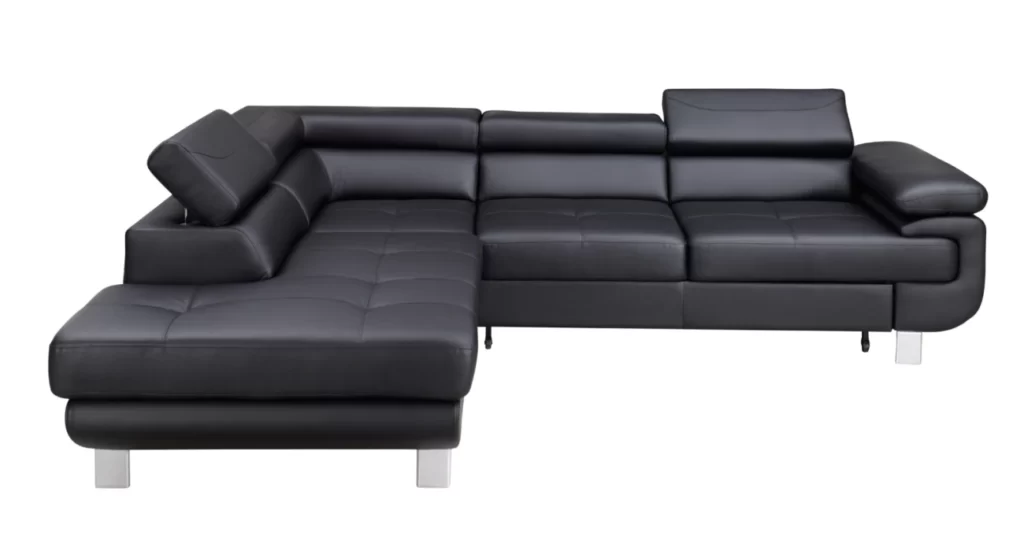
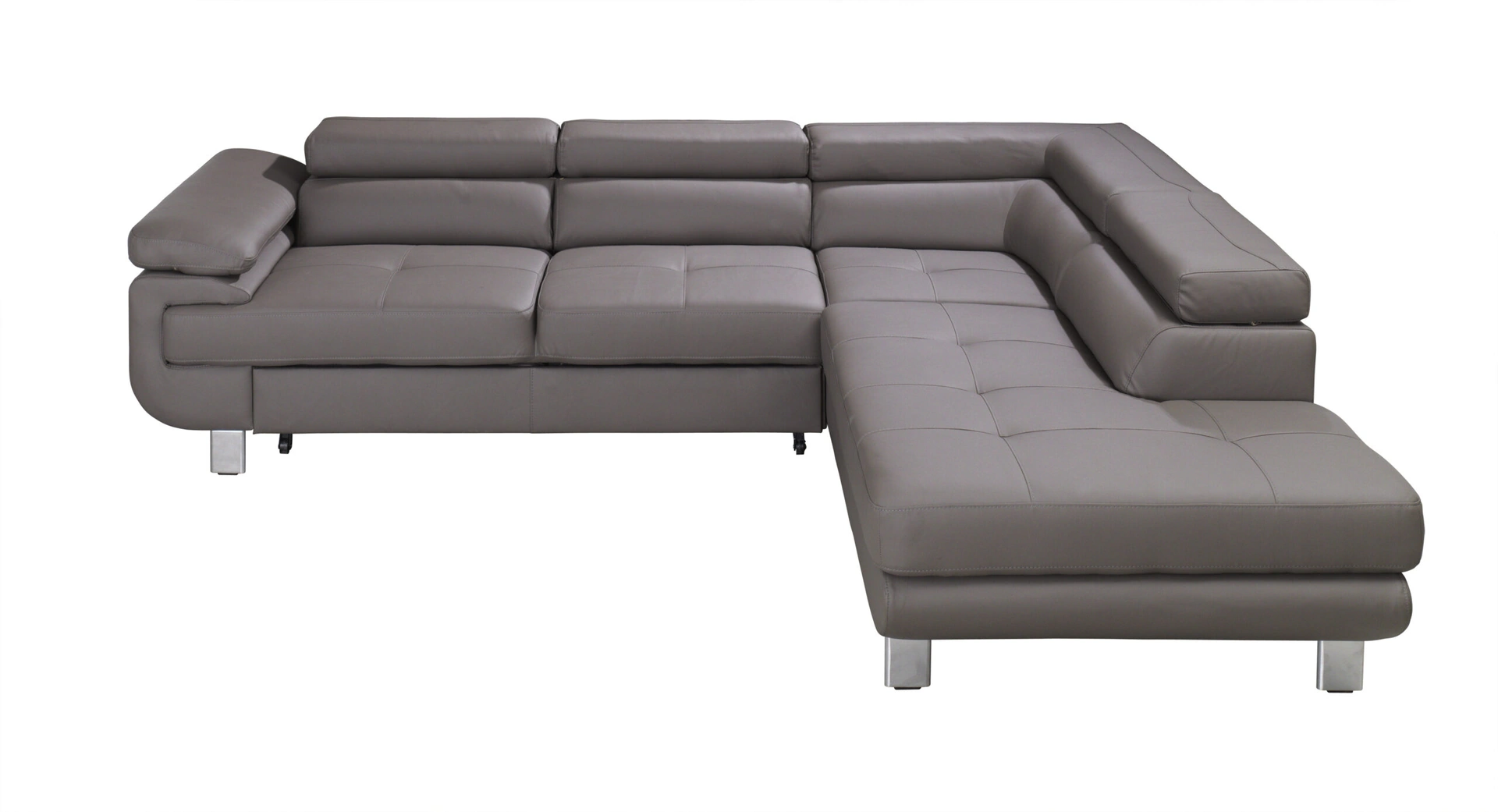
Cobra Faux Leather brings a bold and exotic touch to your space with its distinctive faux snake skin pattern. This material combines the visual appeal of textured leather with the durability and practicality of faux leather, creating a luxurious yet low-maintenance option.
Cobra’s unique pattern not only adds character but also makes it resistant to everyday wear. Its easy-to-clean surface ensures that it stays looking fresh and sophisticated for years. Below, browse the available colour options for Cobra Faux Leather upholstery.
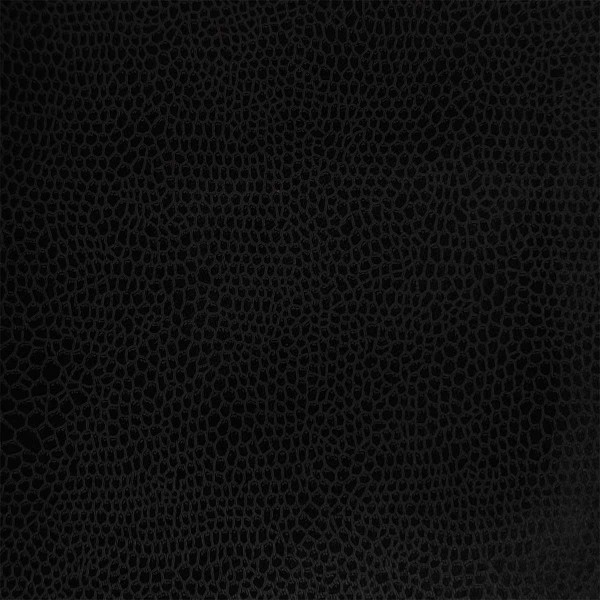
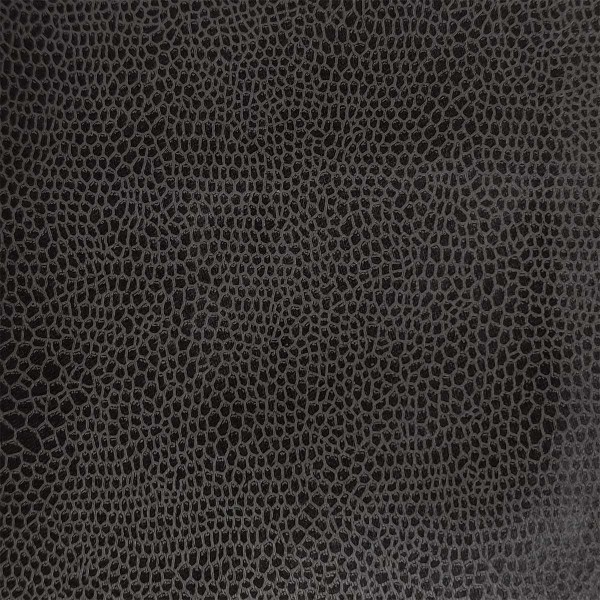
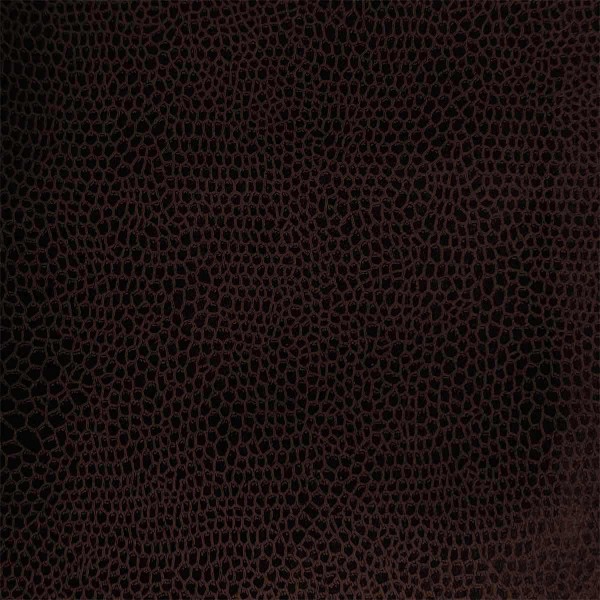
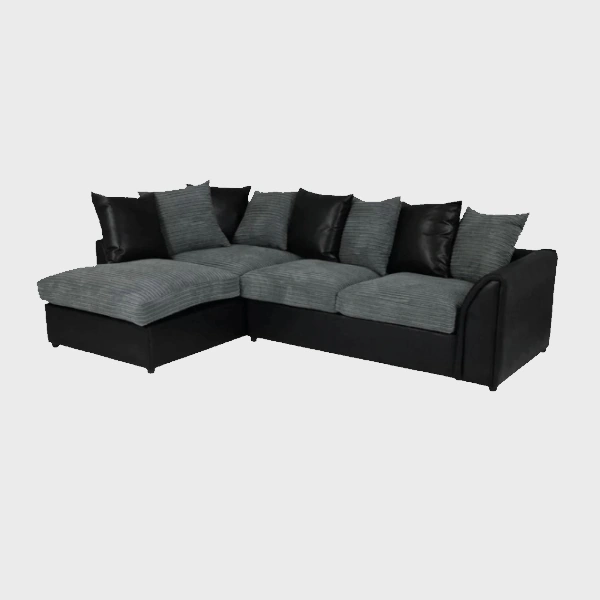

Soft Faux Leather, also known as Eco-Leather Soft, offers a luxurious yet practical option for upholstery. Made from high-quality polyurethane and reinforced with a knitted fabric, it closely mimics the appearance and texture of natural leather while remaining flexible and comfortable.
Soft Faux Leather is also easy to maintain, requiring just a quick wipe with a damp cloth or sponge to keep it looking fresh and clean. Below, explore the range of available colour options for Soft Faux Leather.
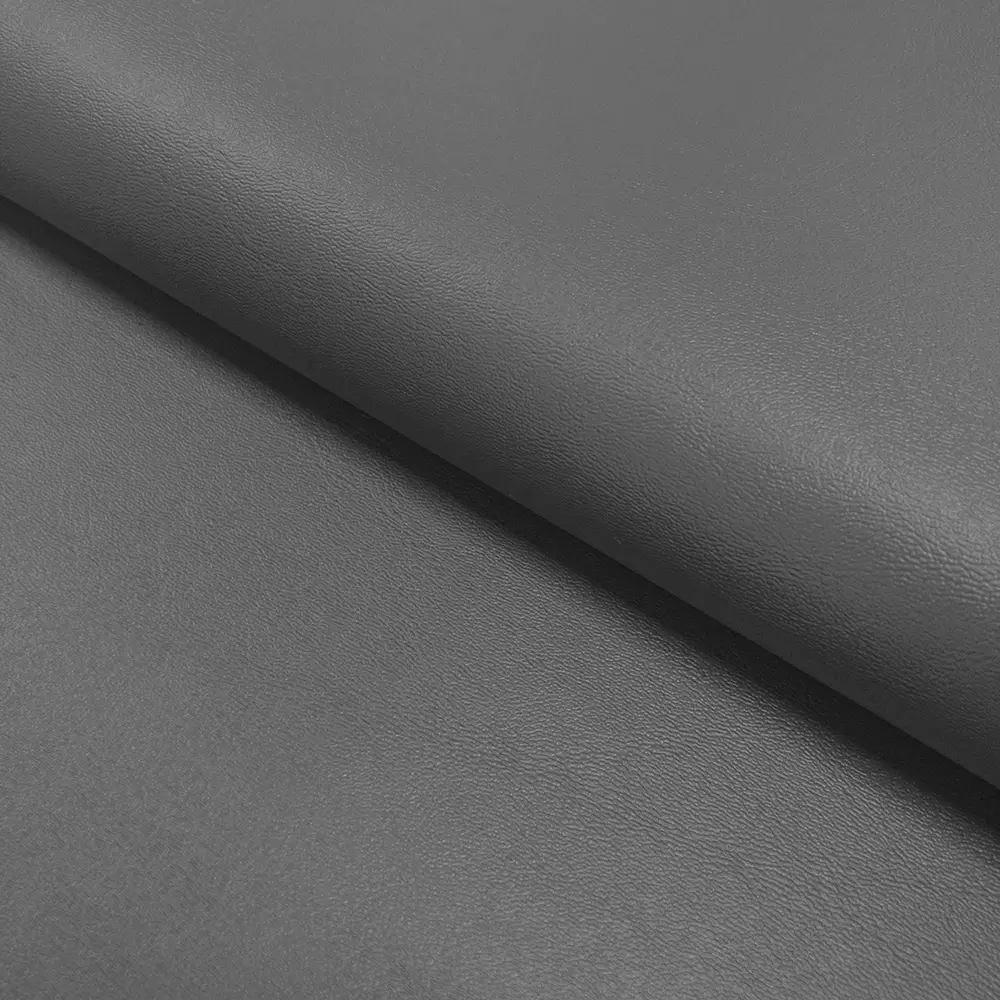
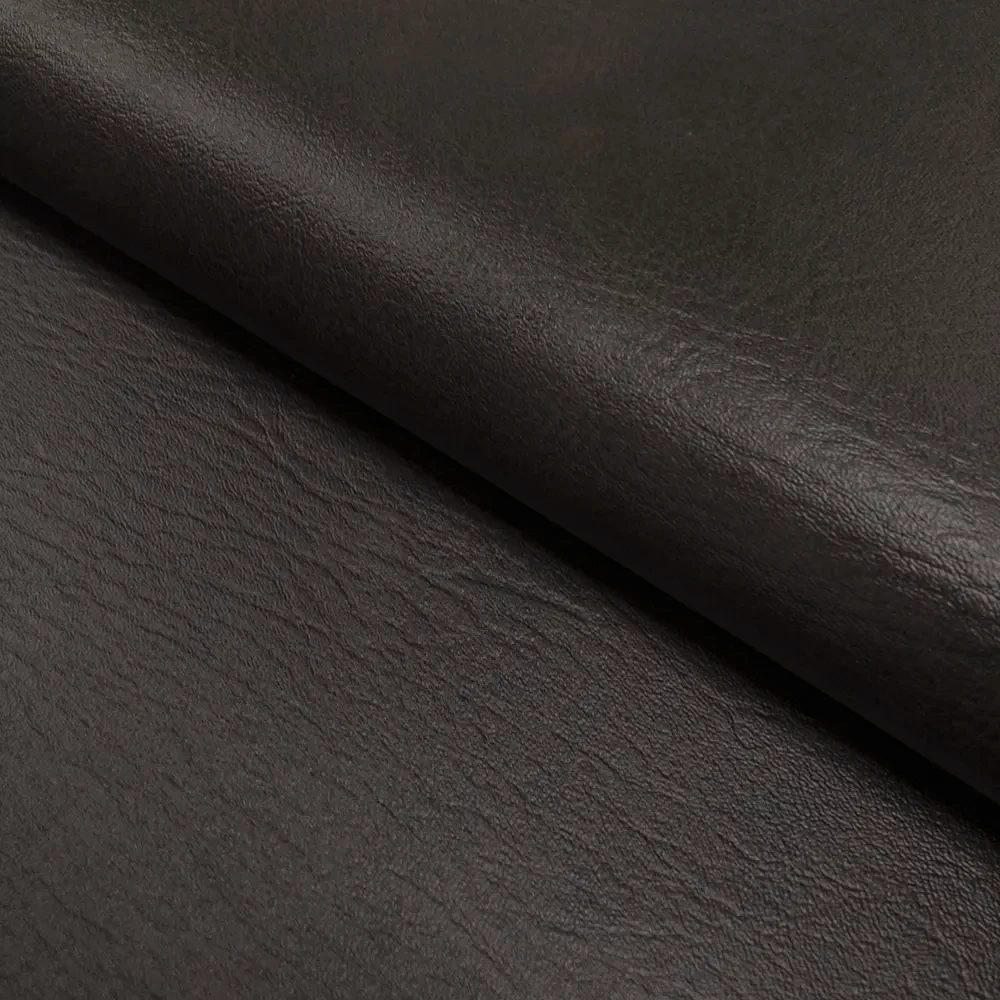
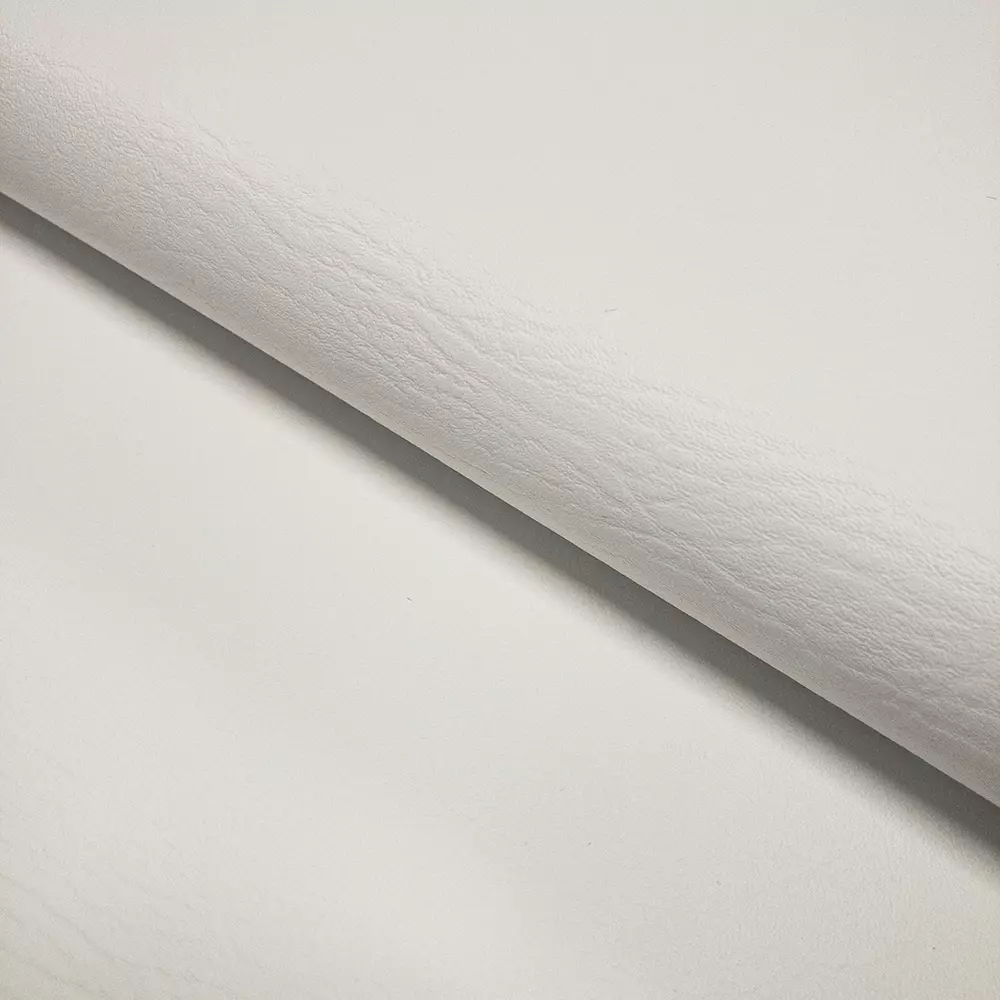
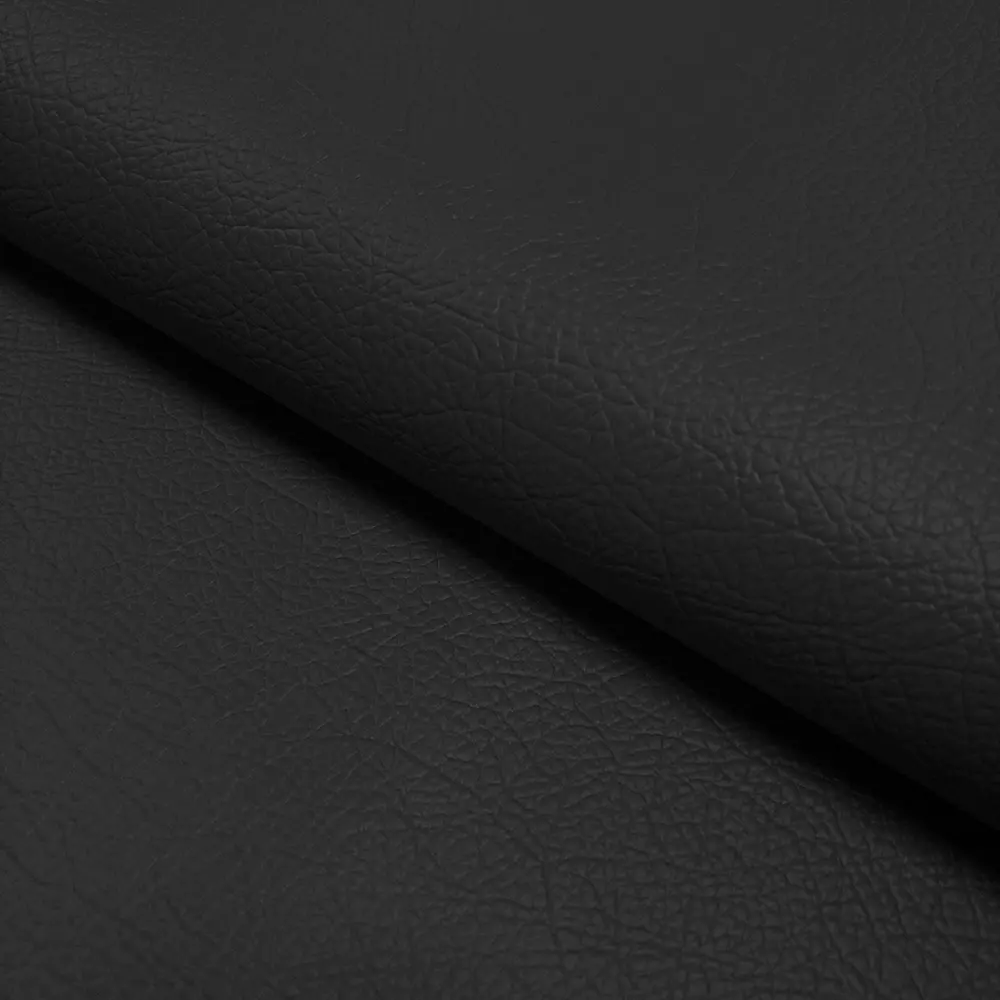
Comparing Natural Leather to Faux Leather
Natural leather and faux leather each come with distinct advantages and disadvantages. While natural leather boasts superior durability, breathability, and aesthetic appeal, it comes with a higher price and requires more maintenance. Faux leather, on the other hand, is more affordable and easier to maintain but may not last as long and can lack the luxurious feel of genuine leather.
When deciding between the two, consider your budget, lifestyle, and design preferences. Natural leather may be the better option if you are willing to invest in a high-quality piece that will last for years. However, if you’re seeking a budget-friendly alternative that offers a similar look, faux leather is an excellent choice.
Cleaning and Maintaining Natural Leather
To keep your natural leather sofa looking its best, regular maintenance is essential. Start by vacuuming your sofa to remove dust and dirt. Use a soft brush attachment to prevent scratching the leather. Every few months, clean the surface with a damp cloth and a leather cleaner to remove any stains or build-up.
Conditioning your leather is also crucial. Apply a leather conditioner every 6 to 12 months to keep the material supple and prevent it from drying out or cracking. Avoid placing your sofa in direct sunlight, as prolonged exposure can cause fading and drying.
Cleaning and Maintaining Faux Leather
Faux leather is easier to maintain than natural leather, making it a great choice for busy households. To clean your faux leather sofa, simply wipe it down with a damp cloth. For more stubborn stains, use a mild detergent mixed with water. Faux leather is resistant to water, so you don’t need to worry about damaging the material during cleaning.
Unlike natural leather, faux leather doesn’t require conditioning. However, to prolong its lifespan, avoid placing it in direct sunlight or near heat sources, as this can cause cracking over time.
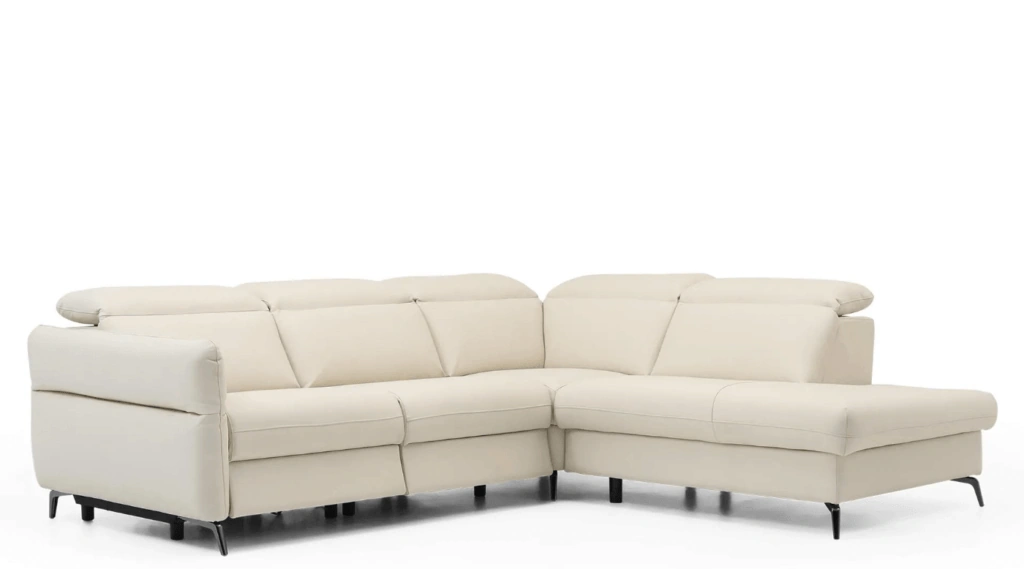
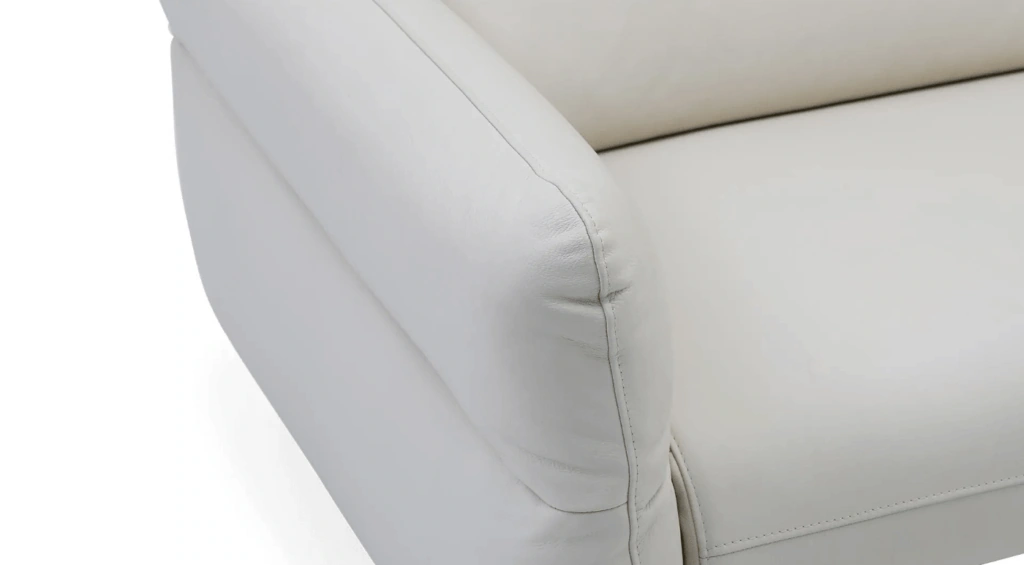

Key Considerations When Buying a Leather Sofa
When choosing a leather sofa, the key factors to consider include:
- Budget: Natural leather is more expensive than faux leather, but it lasts longer and looks more luxurious.
- Durability: Consider who will be using the sofa and how much wear and tear it will endure.
- Maintenance: Natural leather requires more care than faux leather, which is easier to clean.
- Aesthetic: Both natural and faux leather offer different styles and textures, so choose one that complements your home décor.
- Comfort: Natural leather tends to soften with age, while faux leather remains consistent but less breathable.
For more tips on choosing the perfect sofa, check out our [Buying Guide for Fabric Sofas] and [Buying Guide for Pet-Friendly Fabrics].
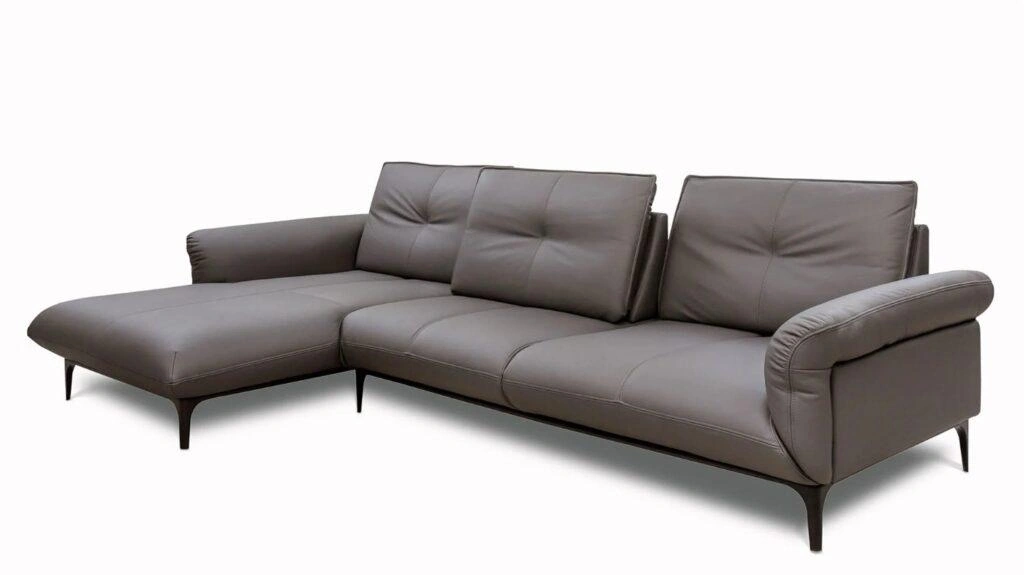
FAQs About Buying a Leather Sofa
Are leather sofas pet-friendly?
Leather sofas can be pet-friendly, especially with darker colours or finishes that hide scratches. Faux leather may be more resistant to scratches than natural leather.
How long do leather sofas last?
With proper care, a natural leather sofa can last up to 15-20 years or longer. Faux leather sofas tend to have a shorter lifespan of 5-10 years.
Can you repair scratches on a leather sofa?
Yes, minor scratches on a natural leather sofa can be repaired with leather conditioner or specialised repair kits. Faux leather is harder to repair.
Are leather sofas comfortable?
Leather sofas can be very comfortable, especially natural leather, which softens over time. However, they may feel cold in winter and warm in summer.
How do I prevent my leather sofa from cracking?
Regular conditioning prevents natural leather from drying out and cracking. For faux leather, avoid exposure to direct sunlight and heat.
Can leather sofas be customised?
Yes, many leather sofas come in various sizes, colours, and styles, allowing you to find the perfect fit for your home.
Do leather sofas stain easily?
Leather sofas are stain-resistant. Spills can be wiped off quickly, preventing stains from settling.
What’s the difference between top-grain and full-grain leather?
Full-grain leather is more durable and has a natural look, while top-grain leather is smoother and slightly less durable.
Is faux leather eco-friendly?
Faux leather is often made from synthetic materials, which aren’t as eco-friendly as natural leather. However, it’s a more affordable and animal-friendly option.
How often should I condition my leather sofa?
Condition your natural leather sofa every 6 to 12 months to keep it supple and prevent cracking.

